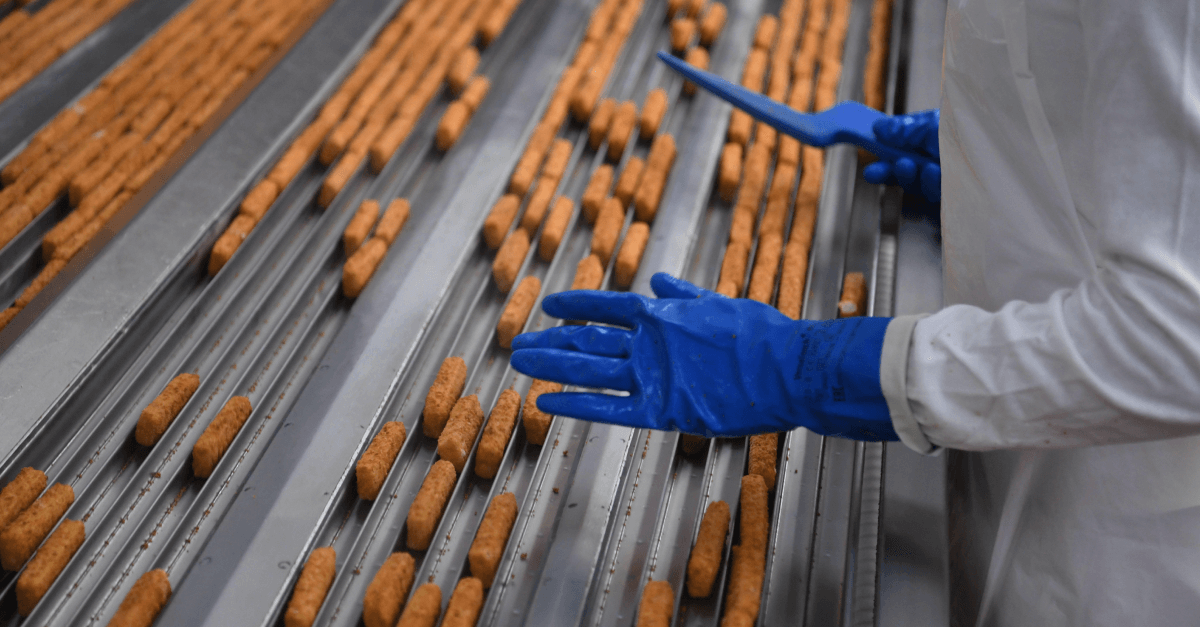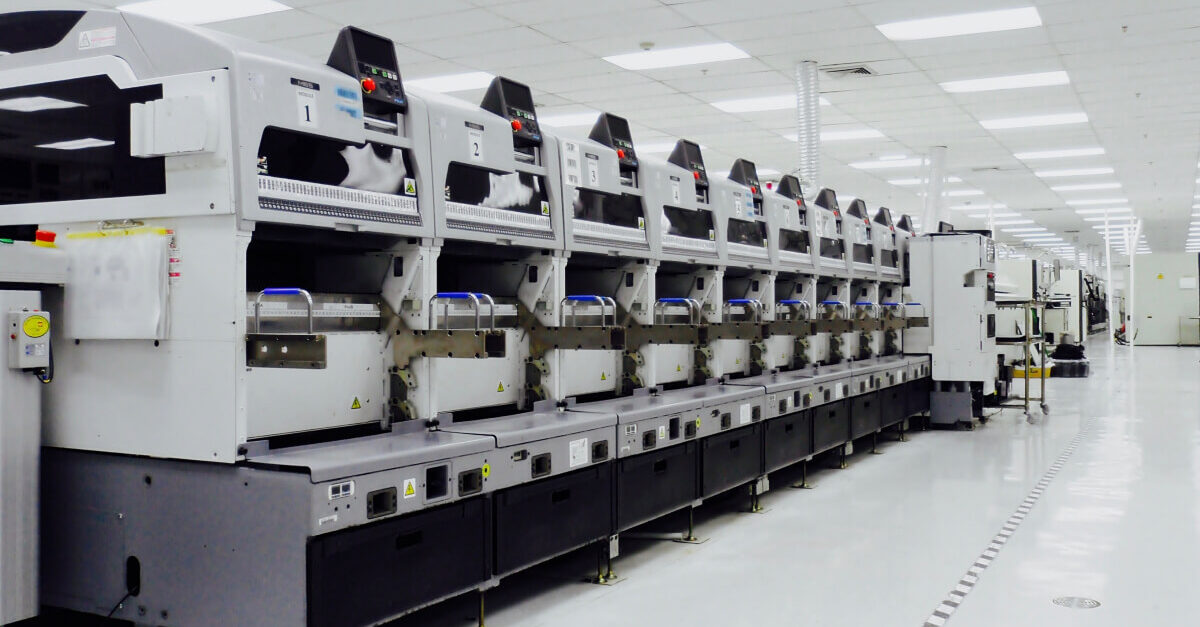Mapping a service used by every citizen

New EU regulations require national ID cards to store fingerprints. Proekspert helped Estonia's police organize the workload to meet increased demand

Awash in document requests
Every year, the Estonian Police and Border Guard Board (PPA) issues about 500,000 new documents. All Estonian citizens use the service, as well as foreigners who apply for residence permits or alien passports. The ID card application service must be accessible, understandable, and trouble free, since this service may be the only touchpoint for citizens’ contact with the police.
Estonian ID cards and passports issued beginning August 2021 are required to store fingerprints, in addition to a signature and facial image. Due to this requirement, an increase in visits to PPA offices and photo booths is expected since applicants can not submit fingerprint data remotely. (Signatures and photographs may be uploaded to self-service portal.)
Handling the volume
How could the PPA process the increased load on service offices and still meet customer expectations? The PPA also wanted to gain insight into how their service was currently perceived and experienced. What is more, they were keen to learn about service design approach to nourish the designer’s mindset inside the organization.
Connecting the touchpoints
Working with the PPA, we mapped the current customer journey, including background processes and known bottlenecks. We analyzed previously collected customer feedback and identified a research focus.
Due to time constraints, the number of people we could interview was limited, and so we spoke to the PPA’s customer support personnel first. This served as background for talks with customers. We conducted 14 interviews with service customers, observed customers using the service, and applied for new identification documents ourselves. By synthesizing collected information and laying the issues on the customer journey map, we understood customers’ and the PPA’s needs.
Research revealed that the customer journey was not as clear and straightforward as the PPA had imagined it to be. There were multiple entry points and unlinked touchpoints and activities, causing confusion among clients. Users perceived the service as a unified journey to getting their identification document that would permit them to use online bank services or visit relatives in Australia. The PPA, as a service provider, focused on the individual parts of the service neglecting to link them very well. This resulted in cumbersome transitions between steps in the process – moving from a photo booth to the self-service portal, for example.
The PPA is already working on several challenges to improve its user experience and ease the service load. They are enhancing photo booths’ usability, testing improved e-mail notifications, delivering documents to applicants, considering placing photo booths in locations more accessible to users, and even testing full-service kiosks (handling the full application, plus collection of all biometric data) in convenient locations for users.
One conclusion drawn from the research was that people are lost in a maze of multiple ways to apply for a new document. Most apply for a new document every five years. Even if they remember the process from the last time they got new documents, they cannot rely on it because the service has probably changed. Due to a lack of information, people perceive losing control of the process, resulting in unnecessary stress and time lost.
“I figured I’ll just go to the service office, and someone will help me.”
A PPA customer
We provided a clear overview of the optimal way to get a new document, with clear communication of an application’s status. Self-service portal improvements are low-hanging fruit and much more cost-efficient than, say, getting photo booths out of service offices.
“I didn’t get the notification that my documents were ready via e-mail. I started to worry, tried to find the document status on the internet, and finally called the PPA support. They said my document is ready, and I can pick it up.”
A baffled PPA customer
We built interactive prototypes, addressing shortcomings in the self-service portal, continuously testing and iterating. Based on a person’s passport photo, fingerprints or signature, the self-service portal provides personalized information on what to do next. For example, when a passport photo has expired, a customer can upload a new one to a self-service portal or visit a photo booth. When a passport photo and fingerprints have expired, a customer must visit a photo booth, as there is no other way to give fingerprints.
The goal was not to find a perfect solution but to quickly confirm whether our solution concepts alleviated customers’ pain. One fundamental insight uncovered during tests: people read text only when stuck. Consequently, we took a more visual approach.
Outset of a mindset change
As a result of the project, the PPA gained a clear overview of its current situation, serving as a building block for future projects. New information enabled the PPA to make informed decisions and prioritize future activities. The research also uncovered several easy-to-fix issues in self-service and communications. The PPA is already implementing several improvements from self-service prototypes into real-life solutions.
This project also held a secondary goal: to motivate and inspire people to try out design thinking methods. Service design is a perfect approach for the PPA to fulfill their goal of becoming a more human-centered organization. It is not a sprint or a marathon; it’s more like a healthy lifestyle. Once you try and succeed, you don’t want to fall back on old habits.
Client comment
“The Estonian Police and Border Guard is fully committed to making services for our citizens and residents as human-centric and user-friendly as possible. The personal identification project, in which we partnered with Proekspert, turned out to be something that touched all people in Estonia, and its daily influence on our client service has been substantial. We are now convinced that service design is a tool which facilitates an exchange of ideas leading to successful projects.”
Merlin Mängel
R&D Project Manager, Estonian Police and Border Guard
Related case studies
Our case studies give an insight into how human-oriented design principles will help product companies persuade customers to go on a journey with smart, connected products.
Share your challenge with us
Thank You!
Your message has been sent. Our team will get back to you as soon as possible!









